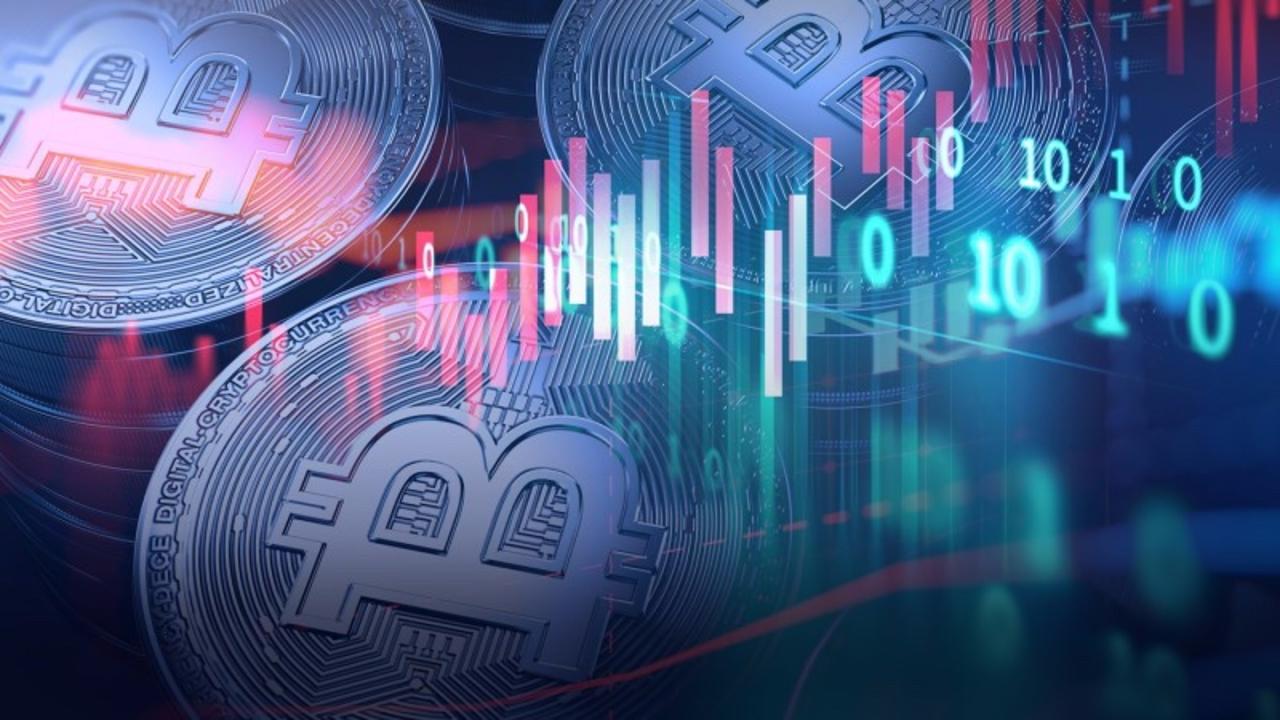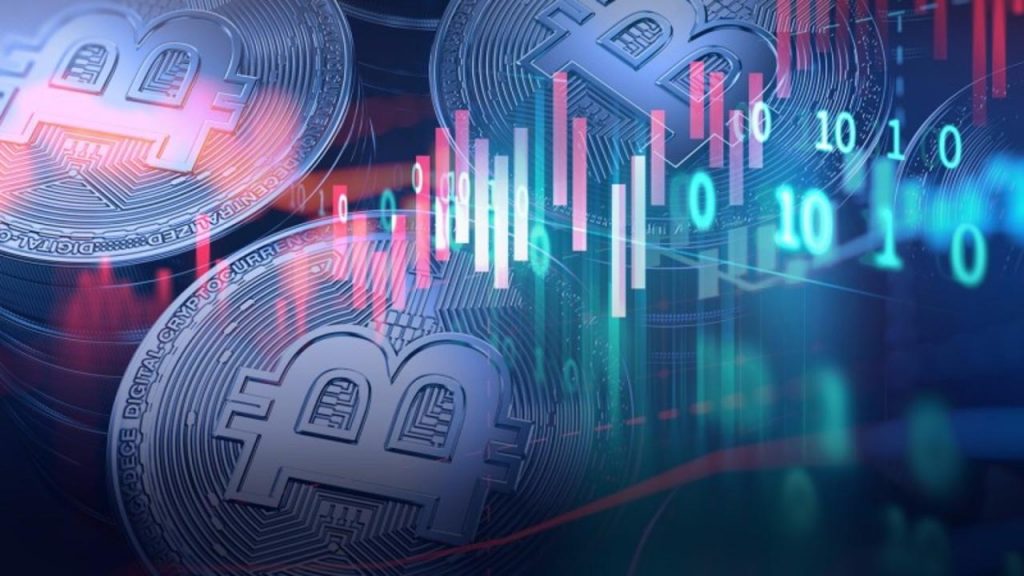
Anyone keeping an eye on the blockchain sector will know that the field of Decentralized Finance, commonly known as DeFi, is growing at a rapid pace. More and more banks and institutes are kickstarting Decentralized Finance projects in order to remain competitive and evolve their businesses. As such, it can be hard to keep track of the growing list of DeFi projects.
This article aims to go through some of the most popular DeFi initiatives currently in the works. However, before listing and going through some of the existing DeFi projects, we are going to explain what Decentralized Finance is and why this technology is emerging as one of the hottest blockchain trends in 2020.
What is Decentralized Finance?
One of the essential characteristics of Decentralized Finance is that this technology seeks to eliminate the middleman from traditional financial processes. The intermediaries in the case of traditional finance are often banks and other financial institutes such as insurance companies. DeFi therefore aims to get rid of this need for a central authority, and strives to create an ecosystem where the power is decentralized instead.
However, the vision of getting rid of this central authority within finance might sound impossible, but thanks to blockchain technology, we are finally able to realize that idea. Eliminating intermediaries in this way means that people will interact with one another through what people are calling a Peer-to-Peer (P2P) system. This means that the network consists of nodes that share the workload and have the same level of control, or equal rights. Having equal rights means that no single peer in a peer-to-peer network or system is prone to gaining privilege. This makes a P2P system the most egalitarian system, as everyone operates on the same terms.
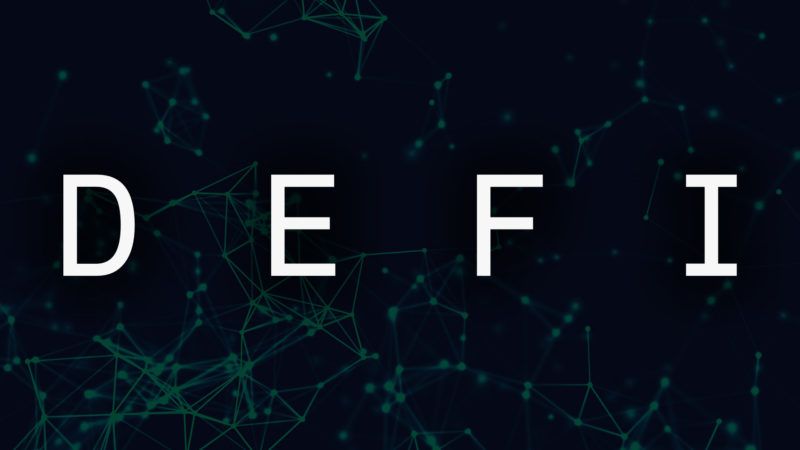
Another vital factor for DeFi, along with a Peer-to-Peer system, is the advent of decentralized applications. This type of applications also go by the name dApps, and they are not far from regular mobile applications. However, they are not entirely the same, and dApps are much more potent than regular apps. The reason that decentralized applications are more compelling is that they run on a blockchain. It is also thanks to blockchain technology that the dApps are great for DeFi since it allows for great financial innovation.
Decentralized vs Traditional Finance
Cut out the middleman
The main effect of DeFi is that users do not need a middleman. The fact that we can cut out the middleman, in turn, gives us many benefits. In traditional finance, the middleman functions as an intermediary between two people, and they make sure that everything is done fairly. In return for being the central authority, banks can charge a fee from their customers.

The DeFi industry hopes to eliminate costly financial middlemen actors
Since Decentralized Finance will cut out the middleman, costs for accessing financial infrastructure will be lower. The function of banks and other institutes will be replaced by code that will determine all the rules and solve every dispute between different parties. Unfortunately, this, in turn, will also bring a cost to the people involved, but since everything is written in a code, it will still be a lot cheaper than having a bank as an intermediary.
No single point of failure
In traditional finance, there is something known as a single point of failure. This occurs since all the information about banking records and other important documents are stored in a single place. This makes it possible to hack a bank as well as meddle with the records, which results in a higher risk of financial fraud.

Decentralized Finance solves this problem by merely decentralizing the information. This means that all the information is spread around the network so that no single person has access to everything. DeFi does, therefore, eliminate the single point of failure that exists in traditional finance.
Provide options for the unbanked
Lastly, DeFi will be available to a lot more people than traditional finance, seeing it is completely internet-driven. According to the World Bank Group, around 25% of the population currently remains unbanked. This means that 1/4 of the global population is not in contact with a bank and cannot take advantage of their financial services. This is a huge problem since they are, therefore, effectively unable to invest, transfer money, along with performing other essential financial functions.
One of the reasons that people remain unbanked is due to a lack of access to financial infrastructure. In some places in the world, there simply are not any banks close enough for people to become members. If the system is instead rebuilt to become decentralized and completely digital – i.e. decentralized finance – everyone can become members, no matter where in the world they live.
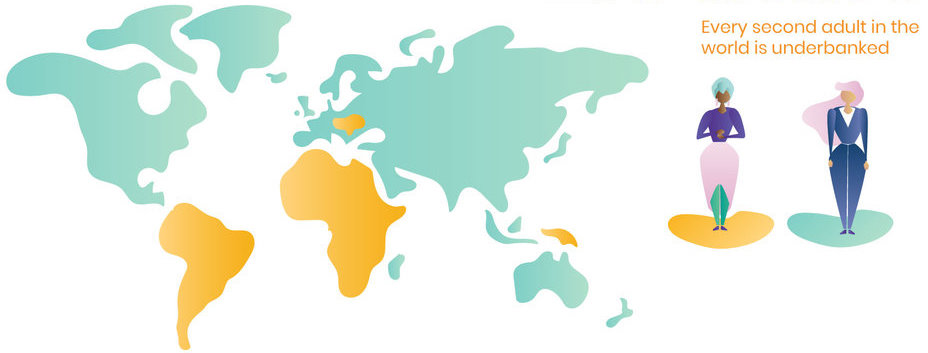
Another reason that people remain unbanked is that banks can be prohibitively expensive. This ties back to the first benefit of DeFi, that costs will be lower in a decentralized system. Since the costs will be lower, it will also mean that less fortunate people will be able to invest and transfer money using decentralized financial infrastructure. This will give them better opportunities to grow their own wealth and better their lives.
Is Decentralization the Next Big Thing in Finance?
The benefits of DeFi are vast, in that the technology will allow more people to participate in the economy and access financial services. Currently missing out on a fourth of the global population due to lacking access to traditional finance is a huge loss for society, and there is growing demand for a decentralized financial system. Not only will the unbanked get more opportunities, but it will also be more beneficial for the people currently banked. They will find cheaper ways to invest and transfer money from one person to the other. And lower costs are great for everyone.
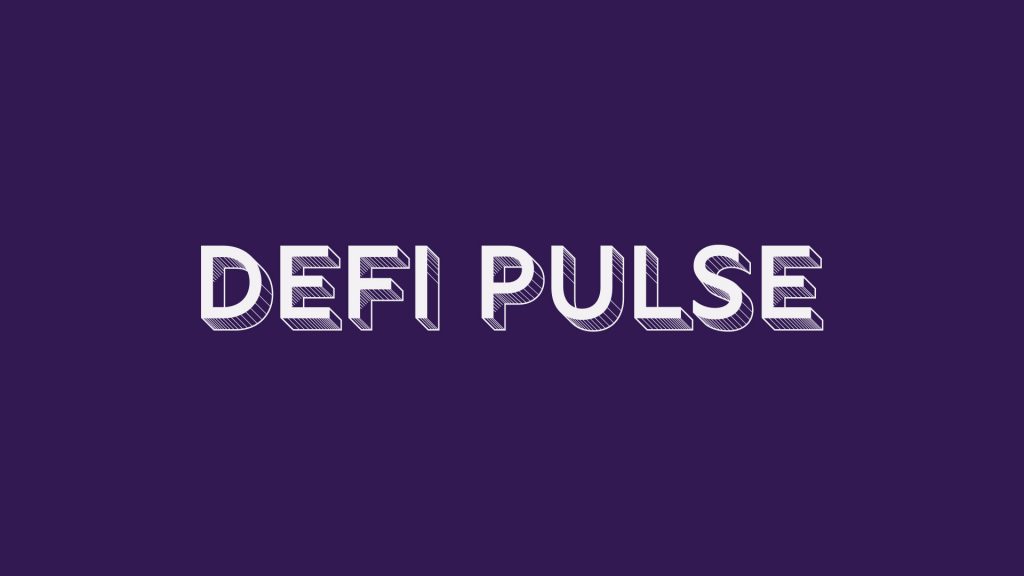
According to DeFi Pulse, there is currently $4.68 billion circulating on the DeFi market. The money is, for example, locked into systems meant for lending, derivatives as well as DEXes. Furthermore, as more and more funds are allocated to Decentralized Finance, we will see the sector develop further. Most of the projects and applications in DeFi are focused on credit systems and asset management tools, but this will probably change when more money is injected into the system. When more funds flow into the DeFi sector, people will be incentivized to become even more creative, and we will most likely see a further surge in DeFi-driven innovation.
Even though Decentralized Finance will bring a lot of benefits to most people, the system still faces a lot of challenges. One of the biggest concerns is that of regulation. An utterly decentralized system will likely raise a lot of questions regarding money laundering and illegal transactions, if current objections are any indication. Since no one is directly in charge of DeFi-based transactions, it is also hard to regulate these types of financial affairs.
Furthermore, since there are no regulations if the system is decentralized, this presents a significant burden on the developers of the applications. This is a concern since developers might not like the responsibility that they face when developing dApps for the financial sector.
Decentralized Finance Projects Today
There are a lot of different DeFi projects today, which is not strange considering the amount of money locked into the Decentralized Finance system. This fact makes it hard to list them all in this article. Due to the number of projects, we are just going to list the most substantial projects from a market cap view.
Maker
The first Decentralized Finance project that we include in the list is Maker, also known as MakerDAO. Maker is a decentralized credit platform that is running on the Ethereum blockchain. The project has $1.41 billion locked in, making it the biggest project in regards to USD by far.

Opening a Vault using Maker is available to anyone and they can lock in collateral to gain debt in the form of Dai. The debt then induces a stability fee, and this fee is paid when the debts are settled and acts as the interest. Dai is the stable coin that supports Maker, and this coin is tied to the US dollar.
The collateral used to generate the debt can be either Ether or BAT and it is possible to borrow Dai for up to 66% of the collateral’s value. If the value of the vault then falls below this rate, the users have to pay a 13% penalty and also liquidate. This means that the collateral will be sold on a market at only 97% of the true value.
The holders of Maker tokens (MKR) decide the stability fees and other risk parameters through a democratic process of voting. They also act as a last resort if the system were to fail in any way, such as the value of the collateral falls. Then, new MKR’s are created and sold to raise funds for more collateral. Creating new MKRs would, then, lower the value of all MKR’s through a process of inflation.
Compound
Another exciting DeFi project is Compound, which is also the second-largest DeFi project in regards to locked-in funds. Compound is an algorithmic money market protocol that is running on the Ethereum blockchain. This protocol makes it possible to borrow money as well as earn interest by lending. Moreover, Compound — just like Maker — requires collateral to function correctly.
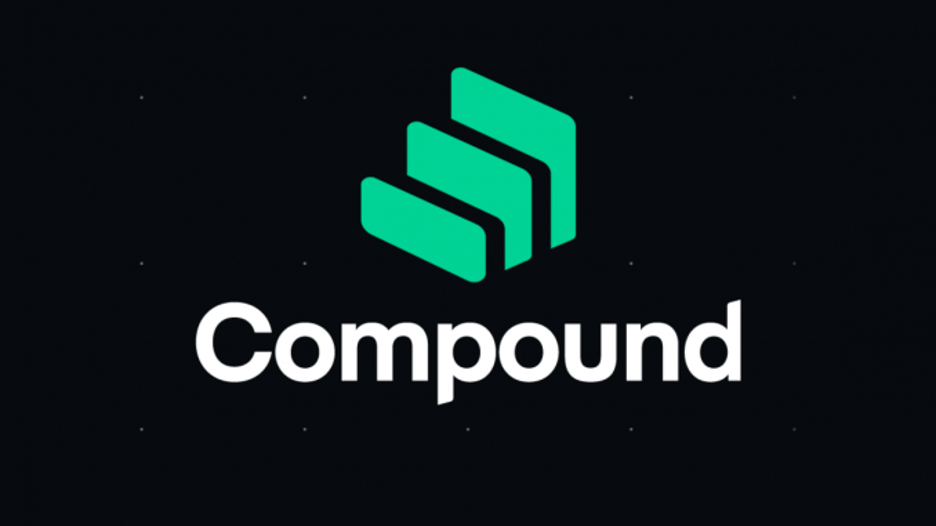
It is easy to place assets in the Compound’s liquidity pool, and anyone can do this. If you were to place money in the pool, you would immediately start earning interest. The interest rates can vary since they are based on supply and demand and will adjust accordingly.
The supplier’s balance is represented by what they are calling cTokens. These tokens are used to earn interest, and they are representing an underlying asset. It is, in turn, the underlying asset that serves as the collateral.
Users of Compound can borrow between 50-70% of the value of their tokens. But losing collateral for the tokens so they exceed the 50-70% mark allows anyone to liquidate the assets at a 5% discount. As a safety precaution, the Compound protocol will take 10% off the interest from the user to set aside as a reserve in case of emergencies.
The protocol deals in several different cryptocurrencies and stable coins such as ETH, Dai and WBTC. Furthermore, just lite Maker, the holders of COMP tokens govern the protocol, and a democratic vote takes place before implementing any changes.
Synthetix
Synthetix is — just like Maker and Compound — a decentralized platform running on the Ethereum blockchain. This platform is used to create something known as Synths which are synthetics that are representing the value of an asset in the real world. As of today, Syntetix supports over 30 different synths that are representing tangible world assets such as commodities and fiat currencies. The platform is planning on expanding in 2020, where they are looking to support synths representing stocks and other derivatives.

SNX is the name of the tokens in the Synthetix network. Holders of SNX can lock-in, for example, SNX or ETH to create synths which they, in turn, can trade. The total value in Synthetix today reaches a number of $727.6 million, making this the third-largest DeFi platform in regards to USD.
Aave
Aave is a protocol for lending and borrowing assets, and it is based on the Ethereum blockchain. The Aave protocol creates ERC20-compliant aTokens for the supplier at a 1:1 ratio of the asset used as collateral. As soon as someone makes new tokens, interest starts to accumulate for the lender in the form of more aTokens.

A borrower can borrow against most assets, and the collateral ratio and threshold can vary depending on the underlying asset. There is also an algorithm that decides the interest rates, and it all depends on supply and demand. The rates on Aave change less frequently to benefit the borrower so that they can get in and out without too much uncertainty. To ensure that anyone within the system can withdraw at any time, Aave keeps a liquidity reserve.
InstaDApp
InstaDApp is a financial tool for the uninitiated. It is a smart wallet with the purpose to help those who lack technical and financial experience by creating an interface that is easy and logical to navigate.

The application has the purpose to help people conduct complex financial actions such as buying or selling collateral in just one single transaction. One of the most used features that InstaDApp provides is the ability to transfer assets between different Decentralized Finance platforms. One example of this is the ability to transfer assets from Maker to Compound and vice versa.
Just like all the top four DeFi platforms, InsaDApp is running on the Ethereum blockchain, which seems to be the trend for Decentralized Finance projects today.
Summary
The five Decentralized Finance projects listed above are far from all the projects out there. But these projects represent a majority of the money that’s locked in, in today’s Decentralized financial ecosystem. As mentioned in the section regarding Maker, this system locks in over a fourth of the money involved in DeFi. Maker, Compound, Synthetix, Aave, and InstaDApp together make up around $3.7 billion. This means that they together account for well over 70% of the total current market cap. This shows the dominance and the accumulation of the money in the DeFi industry today.
However, as more and more money flows into Decentralized Finance projects, this will most likely change. More money in the industry will result in more innovation, which will improve the market and most likely give rise to even more innovative DeFi projects in the future.
As such, the DeFi sector will surely grow and become the future of finance. If you would like to learn more about the financial sector of the future and Decentralized Finance in general, a great way of doing so is enrolling in DeFi courses at the number one blockchain education platform Ivan on Tech Academy. Here you will find a large selection of blockchain and DeFi courses.
